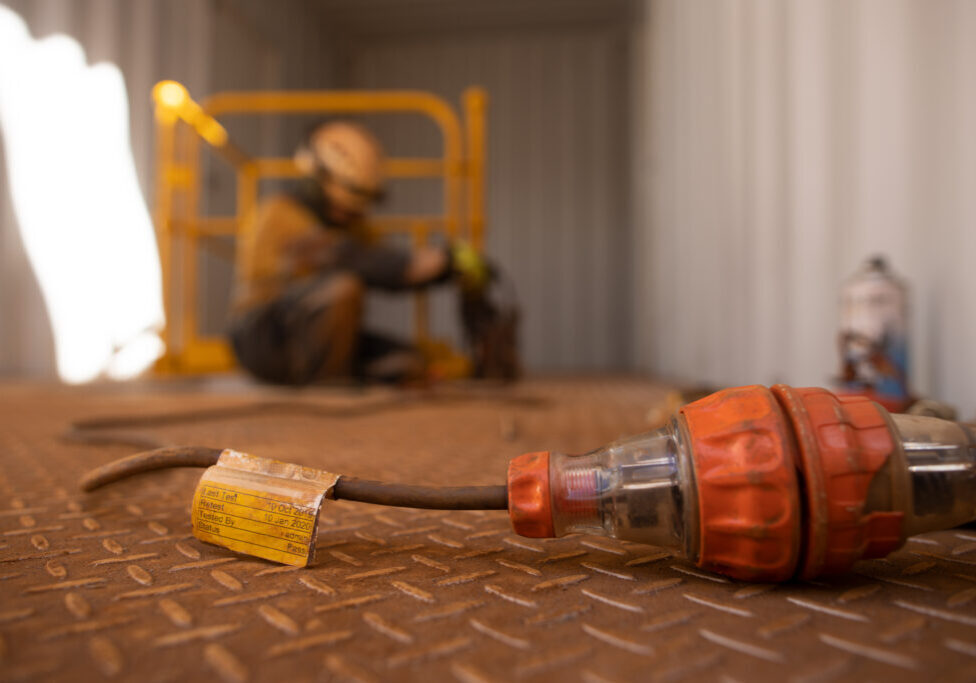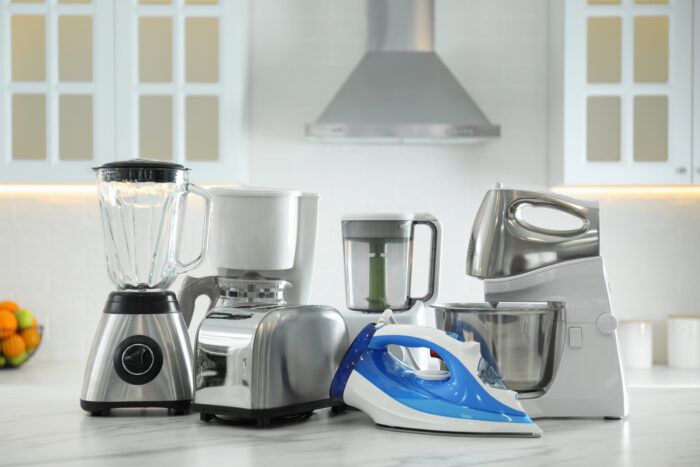Are there specific guidelines for using test and tag colours?
Yes, under AS/NZS 3012, there are certain electrical practices and test and tag colours specified for three industries: construction, mining and demolition. Electrical appliances in these industries are subject to harsher conditions than others, so testing of electrical appliances is required every 3 months with a specific tag colour specified for particular months in the year. Remember that testing of electrical appliances is compulsory in NSW, so it’s important to follow the guidelines to avoid penalties.
The test and tag colours are referred to as RGBY, representing red, green, blue and yellow. The colour guide is as follows and applies across Australia:
- Red for the months of Dec, Jan and Feb
- Green for the months of March, April and May
- Blue for the months of June, July and Aug
- Yellow for the months of Sept, Oct and Nov
The frequency of testing and tagging depends on the items and their applications. As a rule of thumb, daily use items require more frequent testing. We recommend testing at the start of the seasonal colour change so the testing is optimally completed for that period. If you do it mid-way, you will have to re-test the item quicker when the new tag colour period begins.
For all other industries, there are no specific guidelines on colours so these industries can either choose their own or follow the technician’s colour recommendations.

Construction
In the construction industry, different types of equipment may need testing and tagging in accordance with the RGBY testing and tagging colour code requirements to ensure safety and compliance with regulations. Some items that need testing in construction include:
- Power cords, construction wires, extension cords and any other wires and cables supplying and transferring electrical power between devices.
- Power tools such as drills, grinders, saws, welding machines, cutting machines and nail guns.
- Portable electrical appliances such as heaters, lights, generators and fans that can be moved around the site.
- Residual current devices (RCDs), socket outlets and inverters.
- Heavy equipment such as hoists, cranes, lift shafts and personnel lifts.
Mining
Like the construction industry, the mining industry also follows the same RGBY colour coding model for the different months of the year. Some items that require testing in mining include:
- Power tools such as drills, chainsaws, power shovels, pneumatic assembly tools, angle grinders and riveting tools.
- Lighting appliances such as portable lights, lamps, and emergency lighting systems.
- Electrical cords such as power cables and extension cords supplying power to equipment.
- Communication devices such as radios and headsets.
- Electrical control panels, switchboards, circuit breakers, transformers, RCDs and other electrical connections.
- Electrical equipment such as motors, pumps and control systems.
Demolition
While the demolition industry also follows the same RGBY model, a few different electrical appliances and devices may need testing based on the specific nature of the industry. Some items that require testing in the demolition industry include:
- Power tools used in demolition work such as drills, saws, grinders and jackhammers.
- Extension cords, power cables, switchboards, electrical control panels, circuit breakers, portable RCDs, and other electrical devices.
- Welding and cutting machines.
- Portable lights, fans and generators that can be moved from place to place.
What test and tag colours should you use?
While Australian standards require specific colours for the construction, demolition and mining industries, every other industry is free to use its own colour coding process or the one provided by its technician. The general guide is that you can choose your own colour system, but it should be coherent and easy to understand, even if you change your testing technician.
We usually recommend rotating colours for different re-testing periods so it is clear which appliances and tools need to be tested and when so you remain compliant with the Australian standard.
At Precision Test and Tag, we typically follow the RGBY seasonal colour model for items to maintain continuity and avoid any confusion with the tags. Some industries may prefer to use electrical tagging colours that align with their company colours to make items easier to identify. We can work with you to determine the best colour-coding model that suits you.
Who can do electrical testing and tagging?

Testing and tagging electrical equipment is a must in every industry to maintain the safety of employees and staff at the workplace. Failure to meet these compliance obligations can lead to harsh penalties.
Electrical testing and tagging should only be done by competent and qualified professionals trained to do the job. Before entrusting any test and tag job to anyone, verify that they hold the necessary licensing and accreditations to perform compliant electrical testing and tagging for your industry.
At Precision Test and Tag, we are licensed and qualified to do a quality job at great prices. The price of testing and tagging is more cost-effective than you think and it will help businesses remain compliant and safe.
In conclusion
Now that you’re more aware of the common test and tag colours and the regulations for specific industries, you can decide what approach you want to take based on your business. As a Sydney test and tag company, Precision Test and Tag is happy to chat with you about your needs and help you make the best decision for your business. We are always available to answer your questions and will ensure your electrical appliances are tested and tagged in compliance with all regulations.
Some of our other services include microwave testing, emergency light testing, fire extinguisher testing, RCD testing, and more.
Schedule your next test and tag service with Precision Test and Tag today.





